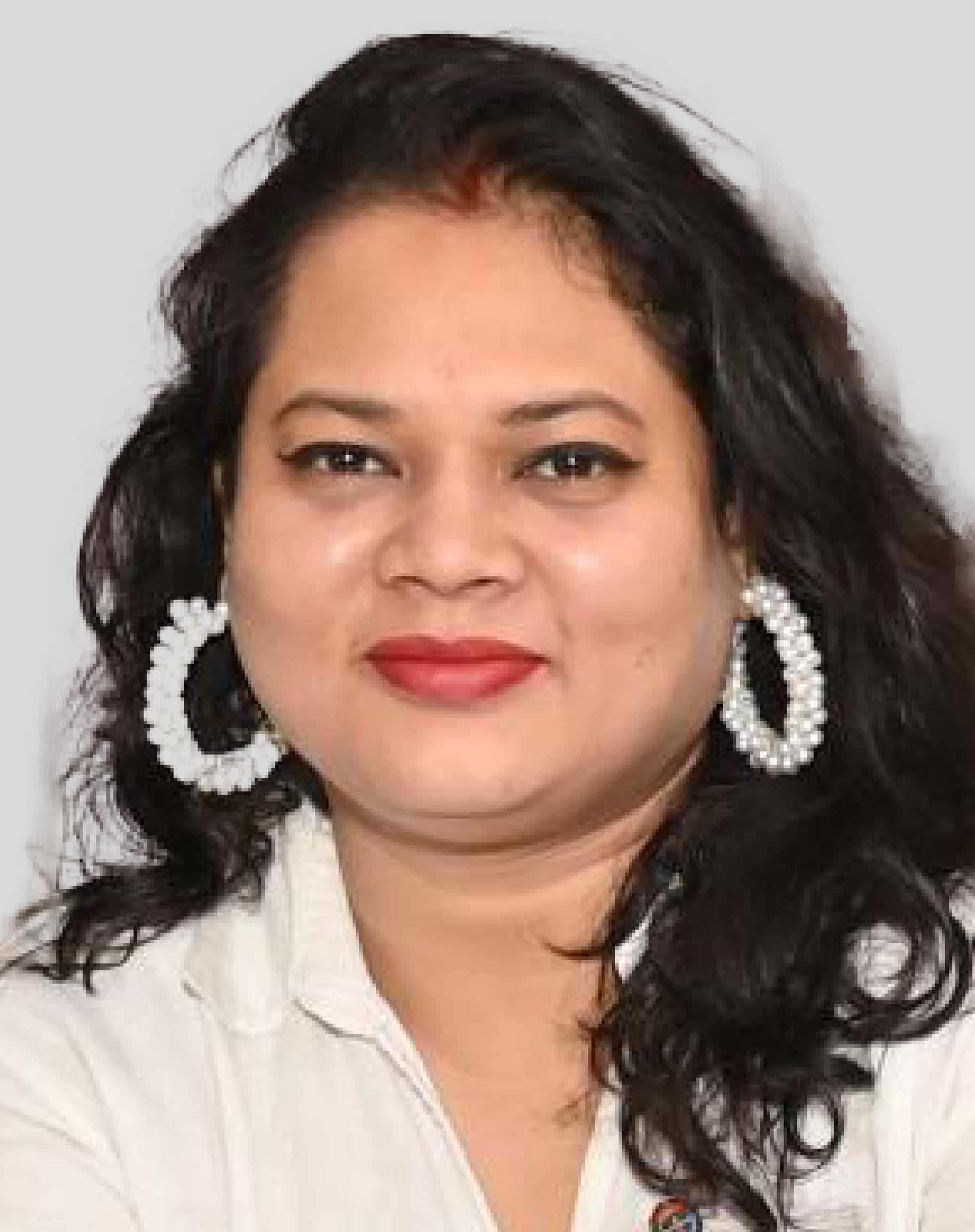According to the Census of 2011, India’s Scheduled Tribes constitute 8.6% of the total population, inhabiting in about 15% of the geographical area, in various ecological and Geo-climatic conditions, mainly in forests, hills, and border areas.
The eastern state of Odisha alone is home to 62 varieties of culturally vibrant tribal communities including the 13 particularly vulnerable tribal groups (PVTGs). These indigenous groups or Adivasis live in tightly-knit clusters around other communities, constituting 22.01% of the state’s total population and 8% of the nation’s total tribal population.
Challenges Faced
The Indian Forest Act of 1927 constituted by the British Colonial Government banned the Adivasis from practising agriculture. Due to this, they lost access to their land rights, and could not farm for a living, hence depending majorly on non-timber forest produce (NTFP).
Now, the problems faced by the tribal communities include land alienation, indebtedness, identity crisis, poor literacy, unemployment, displacement and rehabilitation, and zero awareness about health, nutrition, and hygiene. These factors have made the communities heavily reliant on forest produce, while also limiting their presence to the forest areas.
Government Welfare Schemes
To uplift the status of the indigenous population in society, many policies and schemes were implemented by the government of India. While many failed because they could not establish the right connection with the tribes, some have successfully struck the right chord thanks to a holistic approach.
“Grassroots development relies heavily on public awareness and engagement. States should invest adequately in implementing the NGP by actively involving local communities. This proactive approach ensures a positive impact on the ground,” states Dr. Shirish Ravan, Founder, EarthSight Foundation.
In order to empower the downtrodden tribal community, the former Ministry of Welfare established the Tribal Co-operative Marketing Development Federation of India (TRIFED) in 1984. TRIFED is a national level cooperative body that now falls under the administrative control of the Ministry of Tribal Affairs.
TRIFED supports retail marketing for livelihood development among tribal communities of India. A provision of INR 288 crores has also been made in the annual budget estimate for the fiscal year 2023-24 to be implemented through TRIFED, specifically through the formation of Self-Help Groups and producer enterprises.
To promote the use of tribal handicrafts and natural products, TRIFED also launched its retail outlet in New Delhi in 1999, called TRIBES INDIA, which has now grown to 130 outlets spread across the country. Apart from the schemes that are administered by the Ministry of Tribal Affairs, the focus is given to tribal welfare by initiatives under other ministries of the Government, cutting across sectors and domains.
From housing and road connectivity under Pradhan Mantri Awas Yojana and Pradhan Mantri Gram Sadak Yojana, respectively, to financial empowerment through Jan Dhan accounts, formation of Self-Help Groups and MUDRA Yojana, various Government programs have greatly benefitted the tribal communities.
Vital Role of Geospatial
“By bringing together all the rural subjects together on a unified platform, GIS aids in strengthening rural resilience and empowerment of the rural communities,” says Agendra Kumar, MD, Esri India.
“Food producers and agriculturists need GIS to understand the dynamics of agro-climatic features, evaluate risks, and work towards adopting sustainable agricultural practices and strengthening resilience,” he adds.
Geospatial data is also crucial for sustainable climate-smart-agriculture and transforming rural economies. The Integration of location-intelligent supply chain infrastructure with financing and farming activities on a GIS platform strengthens the market linkages and reduces losses.
NGOs at Work
To develop trust between the state government and tribal communities, many non-profit organizations are working for the government to map the areas where the tribal communities live and spread awareness about the government schemes that are made in their favour.
For this, they needed to build capacity, which is why they chose volunteers from the communities to help spread the message loud and clear, as well as to provide employment opportunities to the youth. One such NGO is the Centre for Youth and Social Development (CYSD), established in 1982, which is empowering communities on their rights and entitlements.
Another NGO that is spreading awareness about the management of natural resources in Odisha is the Foundation for Ecological Security, which works to protect natural resources across 14 states in the country.
“We do that by basically supporting communities in making better decisions on how to govern their natural resources, how to restore it. They work with the communities to build their capacities in managing the natural resources,” says Subrata Singh, Executive Director, Foundation for Ecological Security. “We collect both spatial and non-spatial data and the big data to analyse and develop tools at the community level to help them understand science in a better way.”
Another NGO is PRADAN, short for Professional Assistance for Development Action helps marginalized people like forest dwellers, especially rural women to take charge of their own lives and earn a decent living. PRADAN promotes sustainable livelihoods which are integrated with work on issues of gender, governance, forest rights, and climate action.
Cadasta, the world’s leading global land technology and services platform has partnered with PRADAN and developed a technology tool to map, document, and demarcate forest land for Individual forest rights (IFR) and Community Forest Rights (CFR).
It makes it convenient for the local community and their cadres to map forest land protect the forest from further depletion and conserve it for livelihood, biodiversity, and climate benefits. Cadasta uses Survey123, Dashboard and Story Maps to empower vulnerable / forest-dwelling communities to affordably and easily document, map, and secure inclusive land and resource rights at scale for a more sustainable and equitable planet.
“Cadasta’s geospatial tools and training are key enablers to collect and manage vast amounts of data on forests, people, and land use to secure forest rights. But the heart of the work is our partners’ community outreach that helps people understand and exercise these rights for livelihoods and food security,” says Amy Coughenour, President & CEO, Cadasta Foundation.
PRADAN works with forest-dwelling communities in the Central India Tribal Belt and facilitates them to claim their rights on forest land and forest resources as Individual forest Rights (IFR), Community Rights (CR), and Community forest resources rights (CFRR) through Forest Rights Act (FRA) 2006.
Forest dwellers need to know how much forest area they are claiming and for how much area rights are recognized under FRA -2006. Manual mapping using chains takes a much longer time and is difficult in undulating forest topographies.
“Cadasta Foundation, in partnership with PRADAN, has developed a technology-based tool called CLMDT that is helping communities to identify the exact area for their claim, with proper documentation. This makes the process easy, transparent, and fast, not only in filing the claim but also in claim verification and rights recognition,” says Saroj Kumar Mahapatra, Executive Director, PRADAN.
PRADAN with the support of local communities identifies local youth and trains them as Jami Sathi to support indigenous communities in land mapping, documentation, and demarcation. The tool also features offline settings which can be used in the remotest forest areas without any hindrances.
In partnership with Cadasta, PRADAN has digitally mapped and documented 70,323 hectares of forest land. Out of which 25,268 hectares of forest land are mapped and documented under Cadasta’s Land for Climate project, funded by the United Kingdom’s Foreign Commonwealth Development Office (FCDO).
Improving Community Engagement
When Geospatial Artha interacted with the Community Resource Persons (CRPs) or Jami Sathis, it came to light that the usage of smartphones has significantly improved in the tribal areas, even though people are still not educated enough and internet connection fluctuates in their neighbourhood, people are eager to learn. They had started with offline usage of the application on pilot mode and now they have successfully transitioned to online usage.
“We are thrilled that low literate village youths (Jami Sathis) and women self-help group (SHGs) members are confidently using the mobile application to map parcels for claim submission under IFR and CFR. Community volunteers are now able to instantly show a display of the area and edit parcel boundaries on satellite imagery,” states, Gumel Saraka, Jami Sathi (community link worker on Land Rights).
When the Government of India is aggressively promoting the “Digital India” Mission, improving digital connectivity to reach these tribal communities should be the first task. Through the digital literacy program, the youth of the community can be further.















